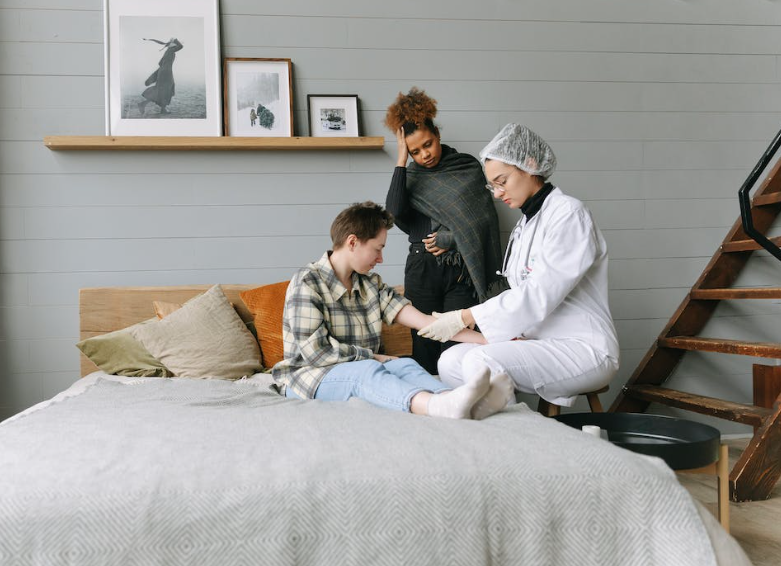
The Rise of After-Hours GP Appointments in Brisbane: A Sign of Changing Times?
Amidst the bustling city streets and river bends of Brisbane, a quiet transformation is unfolding in the realm of healthcare. The city, already renowned for its modern approaches in numerous sectors, is pioneering a shift in how we perceive medical consultations.
This shift is nudging the traditional nine-to-five medical routine aside and introducing a more flexible, patient-centric model. Here is an opportunity to explore the industry evolution in closer detail, outlining why more patients gravitate to this form of healthcare.
Adjusting to the Pulse of the City
It’s no secret that the modern Brisbanite leads a hectic life. Making a daytime GP appointment can be challenging with work commitments, family responsibilities, and the simple rush of urban living. The solution then points towards Brisbane after-hours medical consultations as a tangible remedy.
These are not just about convenience but about catering to genuine needs. It’s about the single parent juggling multiple roles, the office worker pulling long hours, or the elderly patient who might find daytime commuting challenging.
Why the Surge in Popularity?
The question arises: Why now? One could argue that the city itself is evolving. Businesses are extending their hours, shopping centres bustle well into the evening, and recreational activities continue even after the sun goes down. Why should healthcare be any different?
Aligning medical services with the rhythm of the city is a logical step. Besides, it can be comforting to know that medical assistance is accessible, even if it’s past the conventional closing time. This helps to remove a lot of pressure that working people would experience without those available safeguards.
Behind the Curtains: The GP Perspective
It’s not just patients who see the benefits. Doctors, too, appreciate the flexibility this model offers. Many medical practitioners, especially those in the earlier stages of their careers, find the opportunity to work non-standard hours advantageous.
It allows for a better work-life balance, opportunities for further education during regular hours, or even the chance to manage personal commitments. They take advantage of the flexibility as much as the patient in this regard.
Still, Challenges Loom…
However, like any change, there are teething problems. Ensuring a seamless patient experience, managing the logistical aspects of late-hour visits, and guaranteeing the safety of both patient and practitioner are all genuine concerns.
Yet, with every hurdle, there’s a silver lining. These challenges drive innovation in appointment scheduling, telehealth integrations, and safety protocols, making after-hours services with a doctor not just available but efficient and safe.
A Glimpse Into the Future
If current trends are anything to go by, the days of strictly timed medical appointments may be numbered. With technology advancing rapidly and telehealth solutions becoming more prevalent, Brisbane might just be setting the stage for a global transformation in healthcare service timings. This will become more of an industry standard and public expectation in the future.
In Conclusion
Wrapping it all up, the rise of after-hours GP sessions in Brisbane is more than just a response to busy lifestyles; it’s a testament to the city’s adaptability. It exemplifies the city’s commitment to serving its residents in South-East Queensland, ensuring they have access to quality healthcare when needed, not just when the clock says it’s convenient.
